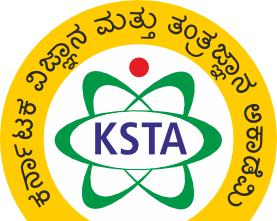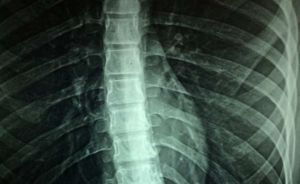‘Drone’ – ready for atomic control !
3 min readNow, Drone is everywhere . These Unmanned Aerial Vehicles, originally developed for the military and aerospace usage, available in a variety of sizes and types, have demonstrated their effectiveness in delivery, defense, space, healthcare, photography, agriculture and many other civilian uses. They are very precise in performing the assigned task and now are also capable of nuclear control. Surprised? Yes, In their demo, Prof. Massimiliano Cavallini and his research team at Italian National Research Council, have showed that in a simple electrochemical cell at ambient conditions, how, lowering of the potential caused the ‘drones’ deposited across the surface to pick up atoms and leave vacancies.
Further, once a vacancy has been formed, a substitute atom can be dropped in its place by mean of underpotential deposition. It may even be possible eventually to adapt the drones to add atoms onto surfaces without creating a vacancy first, says Prof. Cavallini. The direct manipulation of individual atoms has led to the advancement of exciting cutting-edge technologies in sub-nanometric fabrication, information storage and to the exploration of quantum technologies.
Atom manipulation is currently performed by scanning probe microscopy (SPM), which enables an extraordinary spatial control, but provides a low throughput, requiring complex critical experimental conditions and advanced instrumentation which are available in a limited number of laboratories. Using such a complex instrumentation one can only manipulate atoms one by one. Most of the atom-scale devices developed were manufactured in an ultra-high vacuum and under cryogenic conditions. That means the patterns produced tend to be unstable under ambient conditions.
In a new model, the limitations of SPM techniques overcome by replacing the SPM probe with a coordination compound that exploits surface atom complexation as a tool for atomic-scale fabrication. This coordination compound is the “molecular drone”. It lands onto a substrate, bonds to a specific atom on the surface, picks it up, and then leaves the surface and thus creating an atomic vacancy on the surface. Remarkably, the feasibility of the process is demonstrated under electrochemical control and the stability of the fabricated pattern at room temperature, under ambient conditions.

Coordination between the Iron(III) of the ‘molecular drone’ and the surface allows the removal of individual atoms
Source: © 2021 Wiley‐VCH GmbH
Iron(III) phthalocyanine chloride, a compound which can form coordination bonds using its metal. ‘Iron(III) has a strong capability to form octahedral complexes. The team say, this research may open the door to rapid atomic manipulation and fabrication on a relatively large scale.

Scanning tunnelling microscopy image of the vacancies left by the phthalocyanine ‘molecular drone’
Source: © 2021 Wiley‐VCH GmbH
Further Research Opportunities: Though this is a great achievement, the vacancies created by this method are found in group without following any particular pattern and quantitative description of spatial distribution of vacancies is not currently achieved in this research. There is an enormous library of phthalocyanine derivatives and growth modes available and which could be used to direct the drone to control the pattern as done in SPM.
– Dr. Anand R
Senior Scientific Officer, KSTA





